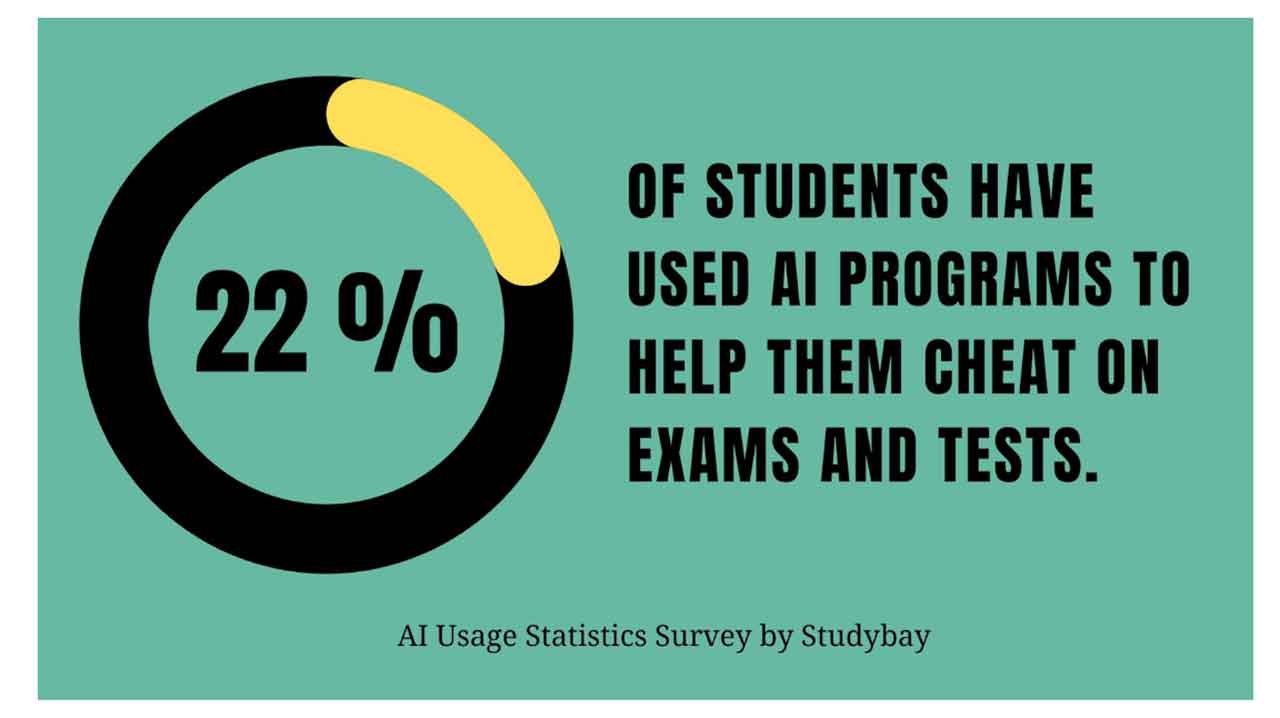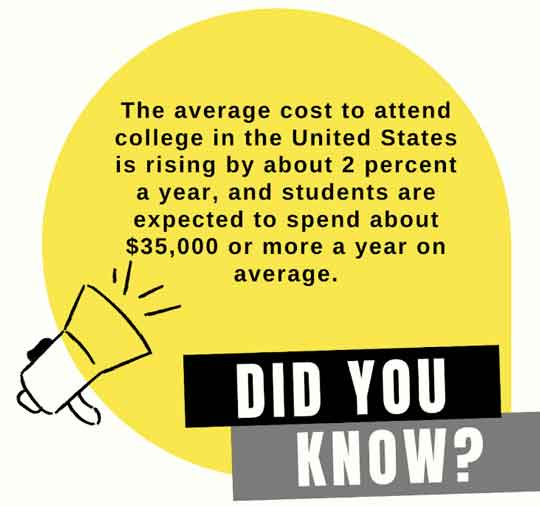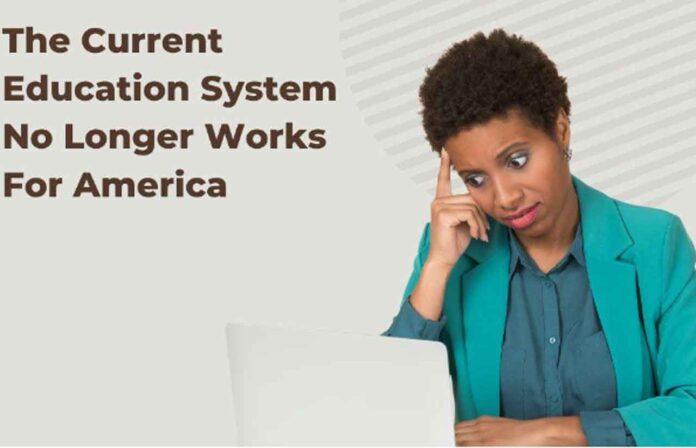For years, students in our education system have been expected to go forward and meet particular standards. They’re expected to learn things the same way and take the same tests to evaluate their learning skills.
But the truth is that today’s education system is not a platform where one standard can fit every person. There is strong division among people over everything from what is being taught in schools to how expensive it can be to enter certain schools.
Unmasking the Flaws in America’s Test-Taking
One problem within the education system entails how standardized tests work. There have been many standardized tests within the country that review how well students understand various concepts. The SAT and ACT have long been prominent exams for students aiming to enter college, while specialized tests like the GRE, LSAT, and PCAT have long worked for people in specific graduate or professional schools. Even secondary school students are subject to standardized tests like the ISEE and SSAT.
But the most significant concern about these tests is that they aren’t always indicative of the things people are learning. A study printed in Education Sciences suggests that background knowledge can influence how well students perform in these tests. Students who are more likely to find various life experiences that can help improve their background knowledge are more likely to succeed in these tests. Impoverished or disadvantaged students who don’t have easy access to these experiences may struggle, including low-income students and ones in rural areas.
Standardized tests can no longer be interpreted as the norm for how students are graded or analyzed based on their knowledge. It is hard to determine what a student might understand in these tests due to a lack of experience or exposure to certain concepts or ideas. The fact that some schools favor particular aspects of learning, particularly STEM-based learning, more than others is a factor. It’s no surprise that thousands of schools have made these tests optional, although some are bringing them back.
The Added Threat of AI

Artificial intelligence or AI has also become a substantial issue for testing. ChatGPT and other AI-related advances have made it easy for students to cheat on tests and assignments.
- Studybay found in a survey that 22 percent of students who responded have used AI programs to help them cheat on exams and tests.
- About 35 percent also routinely use AI for other purposes. Three-quarters of these students have also seen their grades improve after using AI.
- What’s more is that in a separate study, it was found that 95 percent of people who use AI aren’t caught.

AI is a threat to testing for how it reduces the student’s ability to develop critical thinking skills. It also makes it where students won’t develop the skills necessary to succeed, as they are allowing AI to do the hard work for them.
It’s also hard to tell what is AI and what isn’t in many situations. A UNESCO study found that less than 10 percent of schools have institutional policies or guidance for how to manage AI applications. This lack of coverage makes it where it might be easy for people to get away with using AI.
A Strong Political Divide
An interesting point about education is that people have different views about it based on their political beliefs. Pew Research has found in multiple polls from the past five years that there’s a strong partisan divide in terms of what people feel about education.
Pew Research’s analysis finds that Democrats and people who lean that way tend to view the American education system favorably, while Republicans and others leaning that way have a negative view of the system. Much of this comes from the belief of Republicans that schools are teaching children things that don’t match their views. For example, Republicans are concerned that schools are teaching their kids that there are other countries better than the United States or that slavery is still impacting people of color today.
There’s a genuine concern about people on both political parties that the American education system is slowly coming apart. Democrats are concerned that Republicans could tear away funding for their schools and make them less accessible, while Republicans feel that schools are teaching children concepts they don’t appreciate.
What Teaching Standards Are Necessary?
New teaching concepts and standards are necessary to improve how well kids are learning in their schools, but the ways those standards can be imposed are hard to predict. Both sides of the political aisle have different opinions on what the current education landscape should be.
The Association for Supervision and Curriculum Development compared the Republican and Democratic education platforms in the 2020 election and found a stark difference in what these sides want. Democrats want to prioritize STEM education standards while supporting various life skills and critical thinking. Republicans want alternatives to Common Core standards and want to focus heavily on American history and civics education while offering bible studies as an elective to those who want it.
The divide over what teaching standards are ideal is complex, especially as it is hard to determine which standards are the right ones to follow. Many students might do better with specific courses, while some may not be the same. The general divide over when to introduce particular topics and concepts in school is also strong, with students in lower grades not getting early access to the aspects of more advanced topics like geometry or fictional analysis.
The Monetary Aspect
The cost of entering schools has become increasingly high over the years. The Education Data Initiative reports that the average cost to attend college in the United States is rising by about 2 percent a year, and students are expected to spend about $35,000 or more a year on average. A private school can charge $40,000 or more in annual tuition, while a public school can charge $10,000 for in-state students on average. But these numbers will increase by $15,000 or more per year when other expenses are considered.

The high cost of school is also a concern for secondary schools, as it can cost thousands of dollars for parents to send their kids to private schools. The EDI states that an average American private school will charge tuition of $12,000 a year. The total is exceptionally high in the northeastern and western ends of the country.
There’s also a political division over how families can pay for education. The ASCD reports that Democrats want to provide funding for “underrepresented” students, including students of color. But Republicans are calling for a “merit-based approach” to funding, and the GOP also wants to offer more support for private schools, home-schooling, and other alternatives to traditional public education.
The expenses surrounding education have made it so that many students and families have had to take out loans and be subject to intense student debt. The Biden Administration has prepared a student loan forgiveness plan that allows the cancellation of up to $20,000 in loan debts.
The plan has become highly controversial among many parties. While many have argued that student loan forgiveness is necessary for helping people while also improving the nation’s economy, opponents have been frustrated over the idea of paying money to cover the education of other people, especially when they’ve had to pay for their expenses themselves in the past.
What Can Be Done To Help?
There’s a general need to find ways to make the education system more effective and useful, but how this will work remains unclear, especially with there being such a sizeable political divide in this country.
There are various things that could be done to help improve how well the education system works:
- A plan for managing the cost of education has to be planned. Incentives and tax deductions for education can help, although new plans for providing student loans for private schools or collegiate education will be necessary to keep those loans from becoming too expensive.
- A standard should also be planned based on how students will learn new things. Common Core standards may not be enough, so a flexible plan that focuses on specific things kids are interested in the most can be ideal. Allowing children to decide what lines of study they want to follow can also be worth watching.
- Standardized testing should be made optional, with students having the choice to take it to determine what fields they excel in the most. While these tests can help students see how well they perform, they should not be utilized as a thorough review of what can work.
The efforts necessary for improving the nation’s education system are extensive and require plenty of care. But it is clear that work has to be done to fix the American education system, as it is not working as well as people wish it could. The intense political divide over what should be done will only make things worse if not resolved soon enough.







